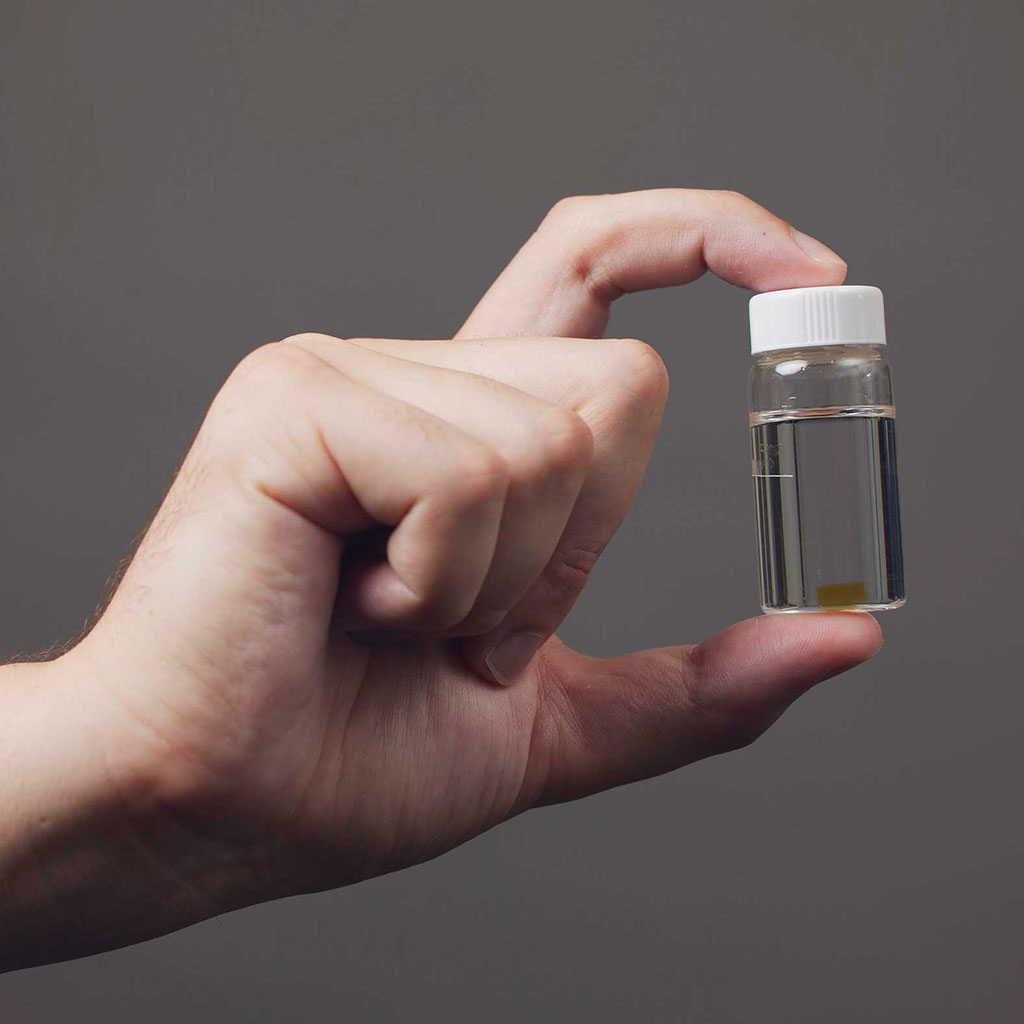Robotic Platform Enables More Accurate Diagnosis of Cancer Cells
Posted on 25 Oct 2023
For more than a century, the field of histology, which falls under pathology and focuses on changes in tissue, has relied on an old-school method. This involves slicing tissue samples into extremely thin sections—each about seven times thinner than a human hair—and then examining them for any abnormal changes under a microscope. The downside of this traditional technique is that it leads to misdiagnosis in about one out of every six people, often missing cancer cells. Now, scientists have integrated biomedical technology with mechanical engineering to create a robotic system that not only diagnoses cancer more precisely but also offers three-dimensional insights into the spatial arrangement of cells.
Researchers from ETH Zurich (Zurich, Switzerland) and the University of Zurich (Zurich, Switzerland) are working on this robotic platform designed to improve the accuracy of cancer diagnosis by rapidly quantifying tissue samples in their entirety. The procedure involves four stages. First, the tissue sample is automatically made transparent. Second, any unusual cells are quickly stained or colored. The third phase consists of generating a 3D image that maps out the cancer cells; the technology for this is already available. The last phase involves analyzing the tissue using 3D imaging software and training algorithms. This novel approach eliminates the need for labor-intensive preparation and slicing of tissue samples; instead, the entire tissue sample—like a lymph node—is preserved and fully examined. The 3D digital images showing the marked cells can be accessed online whenever needed.

Currently, the robot prototype is functional in the lab and can maneuver samples as required. However, it's not yet completely market-ready. While the team can provide preliminary services like automatically rendering sent-in tissue samples transparent and generating labeled 3D images swiftly, the software still needs fine-tuning. The researchers aim to commercialize this robotic system, offering research laboratories and healthcare facilities a dependable and effective tool that could revolutionize the way cancer diagnosis is conducted in the digital age.
Related Links:
ETH Zurich
University of Zurich














